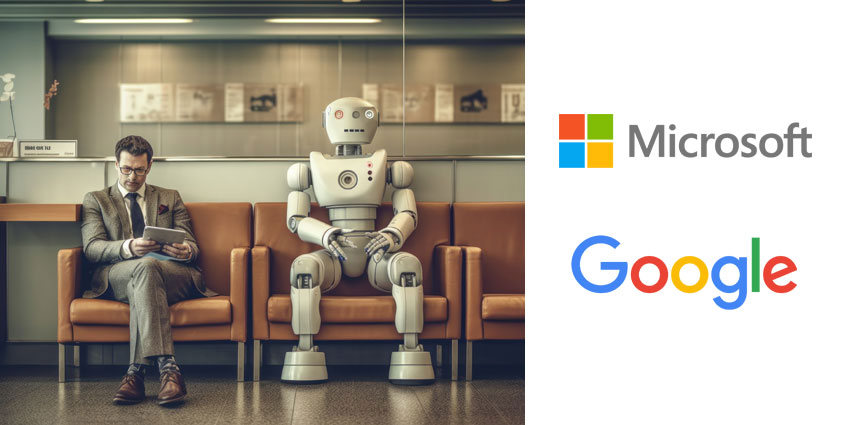“How many uses can you think of for a brick?”
That’s the question creativity trainers are all supposed to love, right? And in the world of LEGO, the number of uses of a brick is infinite: a brick can be part of a laser gun or a house, a jet fighter or a dog, a forest or a robot. You get some basic elements and then you can reconfigure them endlessly. The only limit is your imagination.
And although LEGO fans may never ask themselves that creativity question explicitly, “What else can I do with it?” clearly keeps them fascinated. LEGO is incredibly popular: beloved by children and adults alike, the number of visitors to LEGO’s online store doubled to a quarter of a billion in 2020.
Why is LEGO so appealing? There are many reasons. You can make something that is truly your own. Then you can reconfigure the bricks and make something you like even better. If you buy a particular set, you can make it the way it’s suggested, or you can take the elements and see how they can be improvised in new ways. The most inventive LEGO users continually stretch the boundaries of what’s possible: just watch an episode of the LEGO Masters competition.
LEGO learns its own lessons
Just as a LEGO set consists of repurposable elements, so, if you look at them the right way, do businesses.
And LEGO has done more than most to capitalise on that. The company has been really good at applying “What else can we do with this?” thinking to its business: reusing and reapplying its assets in multiple ways. Into sets, into sets themed with movies, into movies themselves, into amusement parks, even into programmable robots.
The most obvious asset is the brick. But like all companies, in the course of doing business, LEGO has acquired many types of reusable resources, including know-how, enabling technologies and, notably, customer relationships. LEGO has nurtured a customer community that is not only a source of fast growing revenues, but also participates in a virtuous circle of innovation and organisational renewal.
Bringing customers inside
Most companies talk a good game about being customer-centric, but even the best ones perform patchily. Sure their sales and marketing, innovation and – one would hope but not bet – service functions might focus on customers. But R&D departments are sometimes more interested in technology than people. Operations might see customers as more of a hindrance than raison d’etre. And there are many people working in finance and HR who have never met a customer.
The customer-centric leader has to deal with the fact that it’s natural for employees to think of customers as being ‘outside’ the business. After all, in physical terms, customers don’t live in your buildings (they come into retail outlets of course, but only as visitors from the outside, and they rarely show up at head office, the call centre or the factory). Significant numbers of employees, regardless of level, rarely if ever meet a customer in person. This was true before the pandemic, and may only be truer in its aftermath.
Making the effort to bring customers inside can inform innovation, build brand loyalty and encourage repeat business. Let’s catalogue a few ways LEGO has brought customers inside, starting with some common “industry best practice” examples, but then going to far greater and more differentiating extremes.
- Customer feedback and testing. In 2018, in response to requests from adults and children alike, LEGO set a goal to make all its core products from sustainable materials by 2030. As part of that goal, it is aiming to sell blocks made from recycled plastic bottles as soon as possible. A challenge is that blocks made from new and recycled plastic should be completely interchangeable and fit together and come apart easily whatever the temperature. Testing with children and adult fans will be an integral part of the programme.
- Building inclusivity. One of the latest innovations from the company is LEGO Braille Bricks. The bricks fit with regular bricks, but they have Braille characters moulded on. The characters are also printed so visually impaired people can use them together with sighted friends. The company plans to distribute the bricks free of charge to schools and other organisations working with visually-impaired children. A toolkit offers LEGO-based activities to help kids learn, interact and develop skills.
- Nurturing their adult user community. LEGO has long nurtured its adult user community, the AFOLs (Adult Fans of LEGO). If you’ve seen LEGO Masters USA, you’ll know that their use of LEGO is incredibly sophisticated. The original UK series had entrants as young as nine, but adult builders make up the teams on the American programme. AFOLs spend hundreds of dollars on sophisticated technical kits and so are a hugely important part of the customer base.
- Letting customers peek behind the curtain. In a recent development, LEGO’s new store in Manhattan has a “storytelling table” where AFOLs can have virtual meetings with designers and get the inside track on new designs and the latest prototypes, giving the company immediate feedback while generating a buzz with its most committed customers for yet more of their business.
- Recruiting customers. LEGO went even further than inviting customers inside, and actually recruited some of them, thereby fixing a fundamental problem. Previously, the company had gone to great lengths to hire the best designers it could find. Given their reputation, they had access to some very good designers indeed. The problem was, as good as they were at design, these people didn’t ‘get’ LEGO. They designed brilliant things that LEGO users weren’t interested in. Then the company realised something: they had an under-appreciated resource in the shape of its adult user community. They turned the problem on its head: maybe some members of the adult user community happened to be designers? Some were, and they were recruited, designing winning products. LEGO now expects its would-be designers to be active LEGO builders, with LEGO Masters presenter, and active LEGO designer Amy Corbett advising candidates to be hands-on with the bricks. “whenever you can get your hands on the bricks, build, build, build.”
Questions to consider with your team
How much can other businesses learn from LEGO’s efforts to bring customers inside? Here are some questions to consider.
- Do our customers know each other?
- Could we advantageously facilitate a community?
- Are there customer segments with particular hassles or challenges that we can work to include in the community?
- How can we make it easy to involve customers in development?
- Can we build their involvement by showing them behind the curtain?
- What benefits could come from actually hiring our customers?
Bring customers inside. That’s the ultimate customer experience.
Andy Bass PhD is author of Start With What Works: a faster way to grow your business, published by Pearson Business. Read a sample chapter and download resources here.







